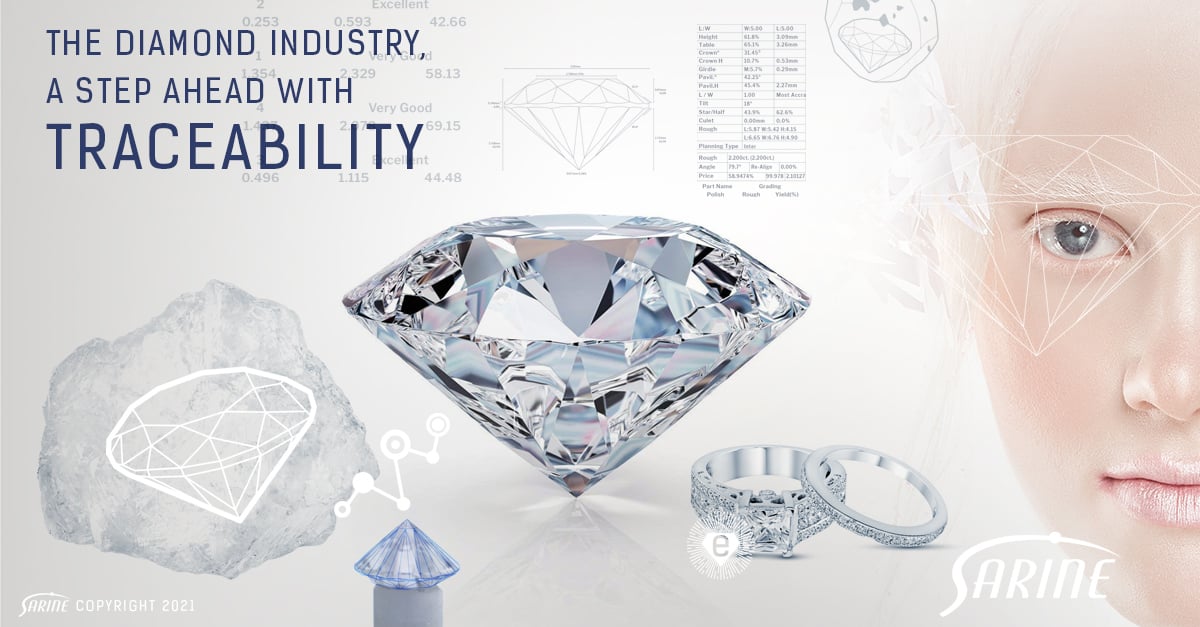The fashion industry has a problem, and it’s called sustainability.
Fashion is a truly global and complex industry, connecting raw materials suppliers, manufacturers, brands and consumers in every corner of the world. It’s also a massive one, expected to reach a value of $1.7 trillion in 2021.
Over the past decade, as environmental and social awareness has accelerated among consumers, the fashion industry has issued various statements and measures about sustainability and ethical sourcing. But statements don’t count for a lot when there is a lack of transparency along the supply chain. And that’s where the heart of the problem lies.
Without transparency, there’s no consumer trust
According to Linda Greer, Global Fellow at the Institute of Public and Environmental Affairs, speaking on The Business of Fashion podcast, there is an urgent, growing need for tracking, tracing and reporting on sustainability in the fashion industry. Consumers today demand it. They want to know for sure where their garment has come from, whether it was produced ethically, and what effect its production has had on the environment. Unfortunately, the fashion supply chain is still fairly opaque, with many companies not even knowing the source of materials from below their Tier 1 suppliers.
As Greer puts it, the key to transparency is showing consumers that you are actually doing it. For fashion brands lacking the knowledge and provable evidence of their supply chain – and without the data to back up the claims – there can be no consumer trust surrounding the issue.
It’s not rocket science. It’s data.
The Business of Fashion Sustainability Index 2021 examined 15 of the fashion industry’s largest companies across a wide range of sustainability metrics. None of these companies got an overall score higher than 49. Clearly, there is much work to do.
The good news is that transparency and sustainability are possible, even given the complexities in the fashion supply chain. Greer claims that greenhouse gas emissions, chemical and water use, labor conditions, and other manufacturing processes can all be made more sustainable – as long as there is access to the data that clearly illustrates the environmental impacts. With this data in hand, fashion companies can get a clear picture of where they are today and where they are going in terms of sustainability.
The diamond industry, a step ahead.
The fashion industry has done a lot of talking over the past decade about how to implement true traceability and sustainability, however the concrete achievements have not stacked up. Now, the industry is busy playing “catch up” of sorts.
For the diamond industry, however, the picture looks completely different.
The Kimberley Process was established as far back as 2003, a result of the high level of awareness among industry players and consumers about conflict diamonds, and the importance of creating a sustainable and ethical diamond pipeline. In 2006, the release of the hit movie Blood Diamond further entrenched the issue in mainstream culture. In a sense, the diamond industry was ahead of the times, laying the foundations to meet the consumer demands for responsible, ethical and traceable production, which would evolve to become expected of the industry nearly two decades later.
Luxury diamonds – based on transparency
We live in a transparent world. The internet empowers consumers with accessibility to vast amounts of information. This also forges an expectation that the information they want to know will be available to them. The demand for responsible, sustainable and transparent supply chains is now applicable in all kinds of industries, from coffee to tuna to fashion. And particularly in the purchase of luxury goods, consumers want nothing less than full transparency about the product, to justify their financial and emotional investment.
In the luxury diamonds market, several companies are already “walking the talk”. In May 2021, LVMH announced the launch of the Gemstones and Jewelry Community Platform, a free digital resource for the diamond, gemstone and jewelry industry, offering a range of tools and information about sustainability, responsible sourcing and production. This new initiative reflects the need for the entire pipeline to live up to the consumer need for full knowledge of and access to the story behind the product, where it was mined, how it was sourced, and who was involved in the manufacturing process. In fact, LVMH estimates that by 2030, 100% of its inventory will be integrated with traceability systems.
Transparency beyond today
There’s a lesson to be learned from the fashion industry’s efforts towards sustainability: the demands of consumers for full transparency cannot be ignored. The availability of accurate data is what drives the traceability systems needed to meet consumer demand. Currently, the fashion industry does not have streamlined access to that data. But the diamond industry does. And so do we at Sarine.
That is why we have spent the past half-decade developing our Sarine Traceability solution, and continue to advance the solution with sophisticated AI-based features and capabilities. As Greer stated in the BoF podcast, traceability is possible with the right tools and the right expertise, those who know which data is needed, how to gather it and analyze it to extract the insights for a fully trackable manufacturing process. The growing base of miners and manufacturers already using Sarine Traceability know they can rely on us for the two things they need most – data and expertise – to support accurate diamond traceability and deliver the transparency consumers want, today and tomorrow. 





-1.jpg?width=310&name=blog_image%20(003)-1.jpg)





